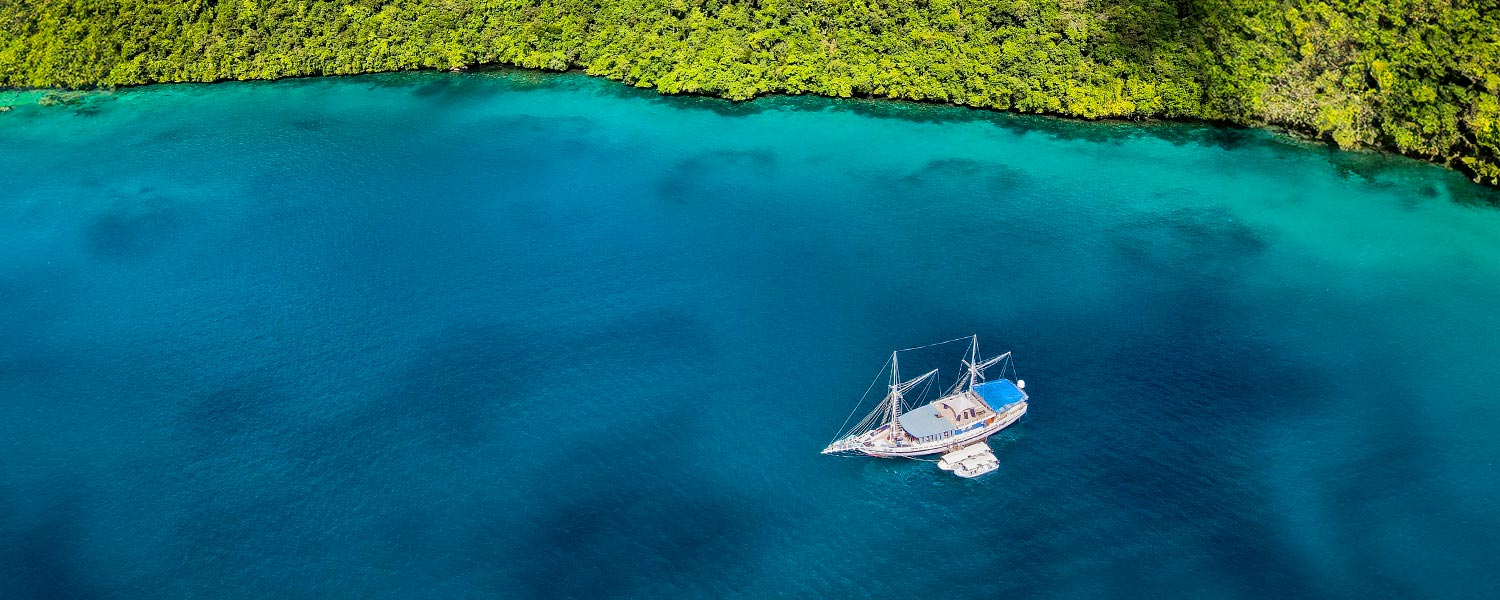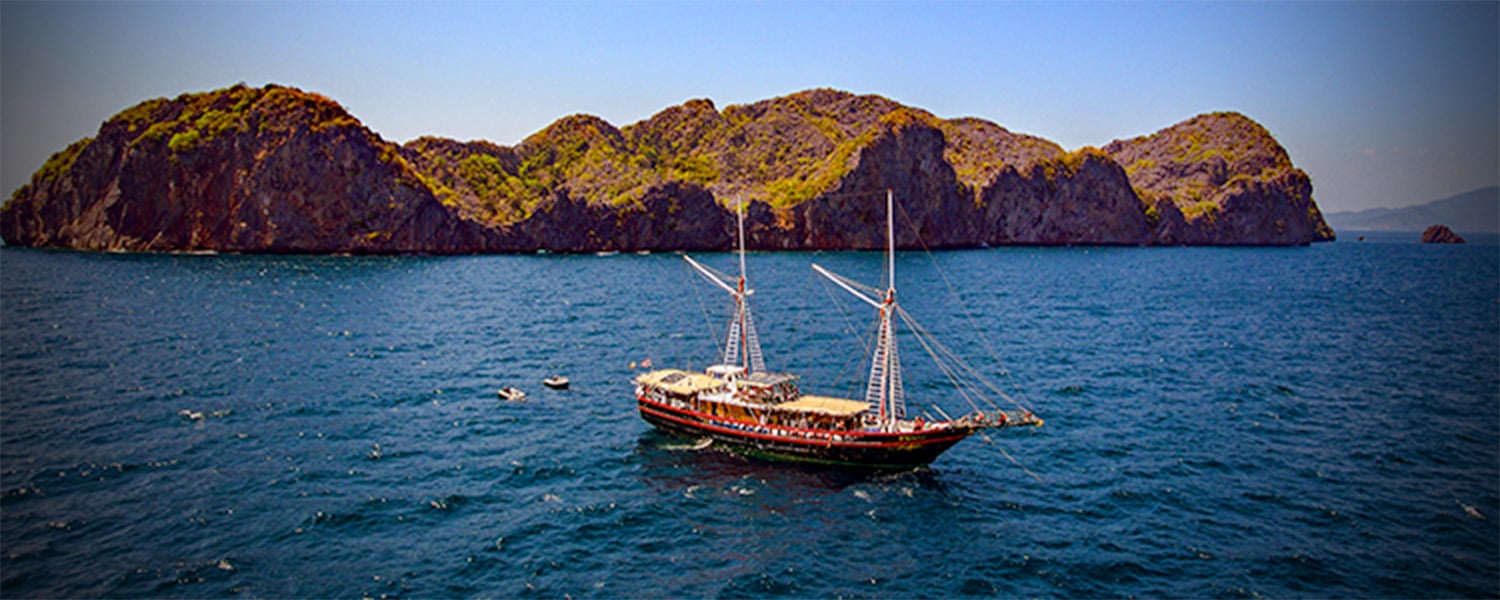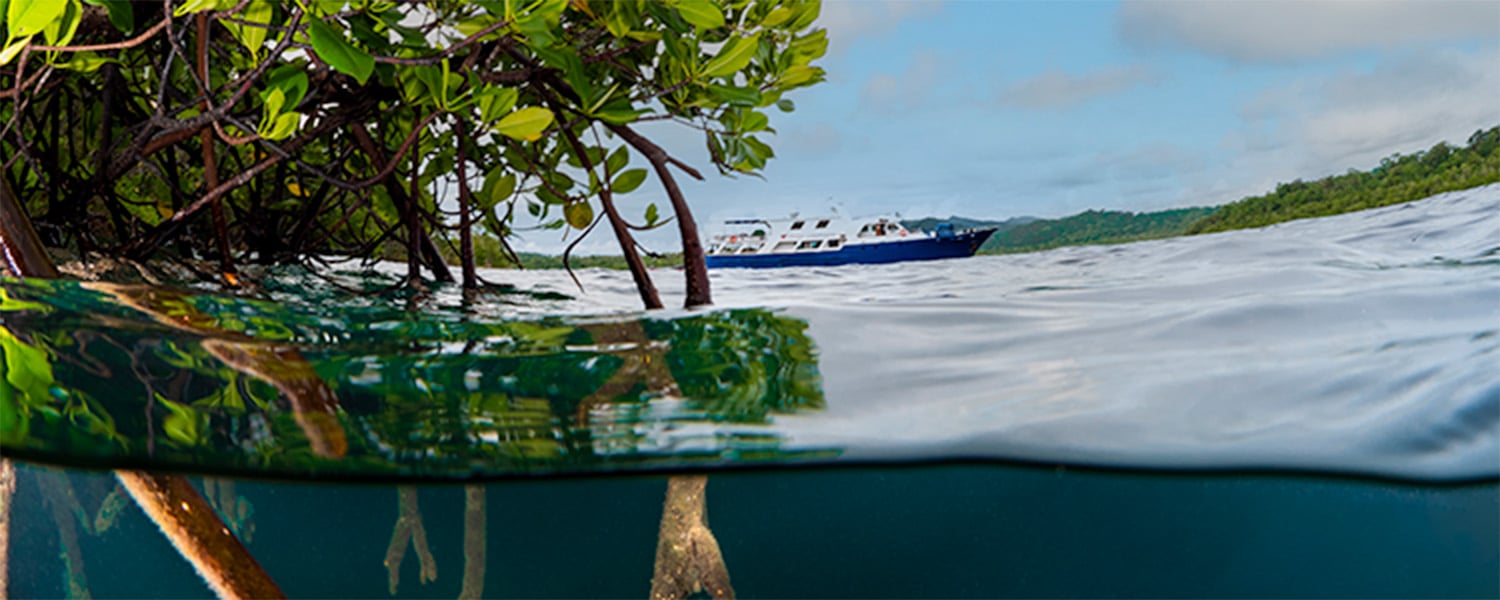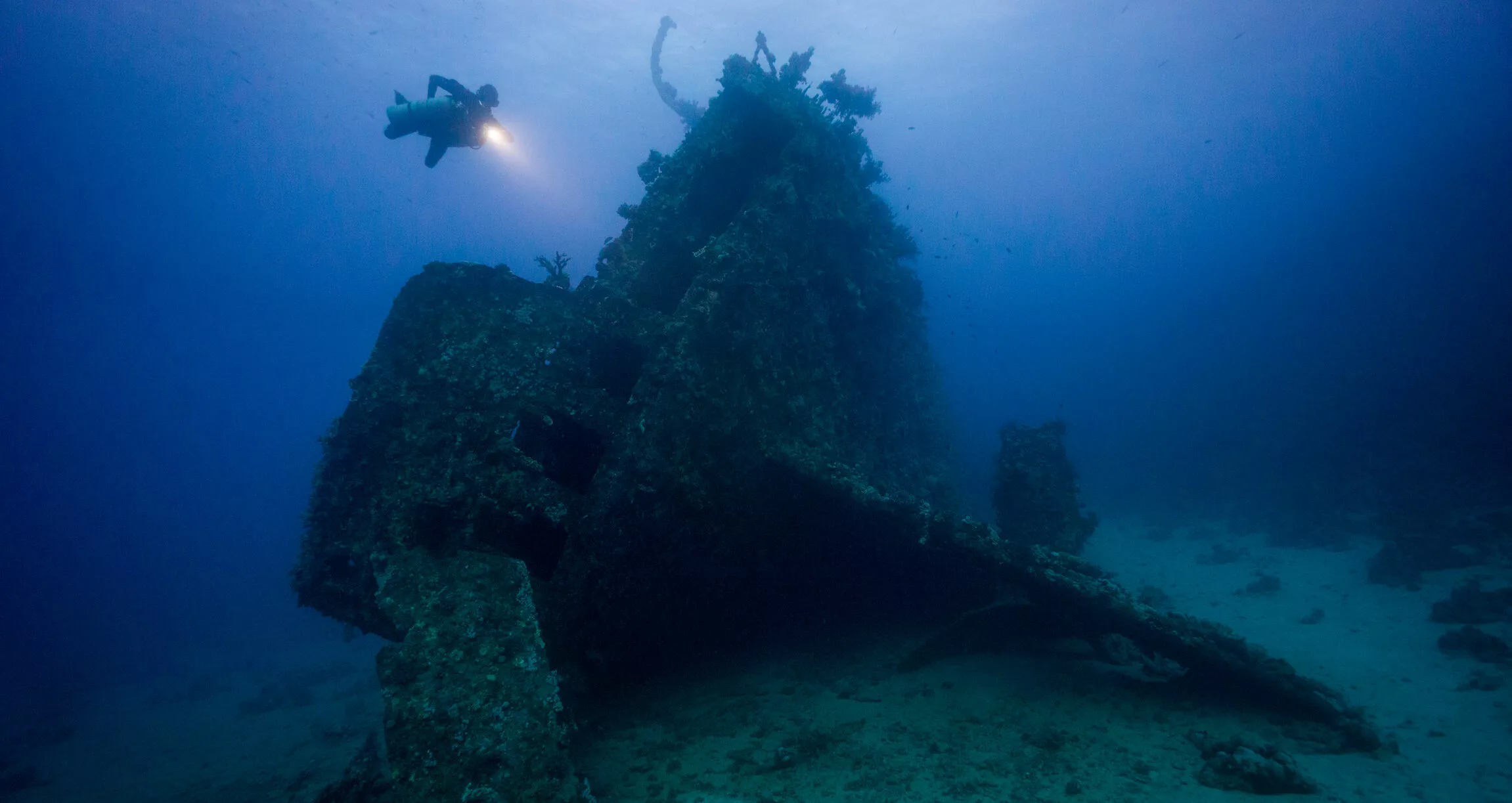Here are a few tips how to best photograph pygmy seahorses. Pygmy seahorses are very charismatic and photogenic. But their tiny size makes them both challenging and delicate subjects.
Camera
The preferred setup for shooting pygmies with a DSLR is the 60mm or 100/105mm macro lens that can achieve 1:1 magnification. If you don’t add any other accessories, you will take the perfect shots of a pygmy seahorse in its habitat. If you are a beginner, this is the best way to start.
That said, not everyone has a DSLR set up, but you can also use your normal compact digital camera. Modern compacts can also produce great pygmy images. Put the camera in macro mode and off you go. If you want to gain additional magnification, use a close up lens. It will allow you to focus closer to your subject and make it look bigger in the frame. Without a wet lens, the pygmy seahorse will be a small part of the frame.
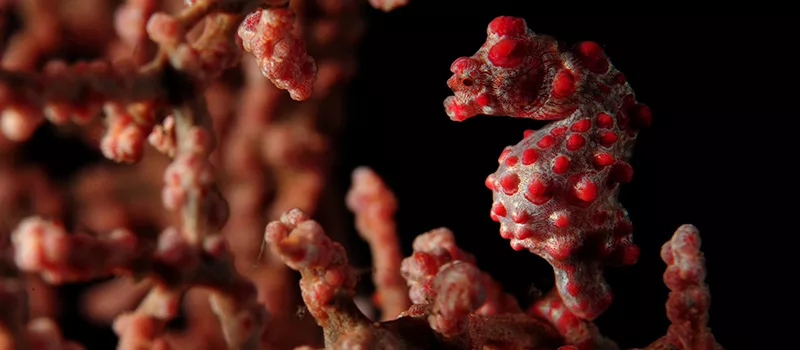
Best accessories to photograph Pygmy Seahorses
Lenses
For more magnification, it is recommended to add a teleconverter, rather than a diopter. This maintains your working distance from the subject and reduces the risk of accidentally bumping into the fan with the front of the lens and making all the pretty polyps close up.
If you want an extreme supermacro, a combination of teleconverter and diopter will give very strong magnification without being right on top of the subject, and will increase the chance of getting an image with strong eye contact.
Keep in mind that when shooting such a small subject at high magnifications, it can be quite difficult to keep your subject in focus due to the incredibly small depth of field.
Additionally, put your cameras in autofocus in to get sharp images.
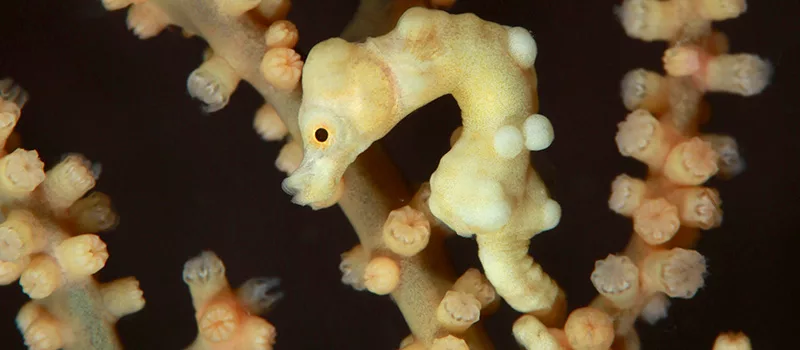
Lights
These tiny, eye-lidless fish are very sensitive to and dislike bright lights. We suggest limiting the number of flash-lit images of pygmies, ideally to no more than five, to keep their disturbance to a minimum. Also, we highly recommend that you do not use a focus light. This is the main reason cited for them constantly turning away from photographers.
Creative techniques to photograph pygmy seahorses
- Shoot the pygmy in his natural habitat: This puts the animal into context and emphasises their diminutive size as well as their amazing adaptation to their habitat. Don’t place the pygmy in the centre of the frame, but towards one side, ideally on a third, facing towards the middle.
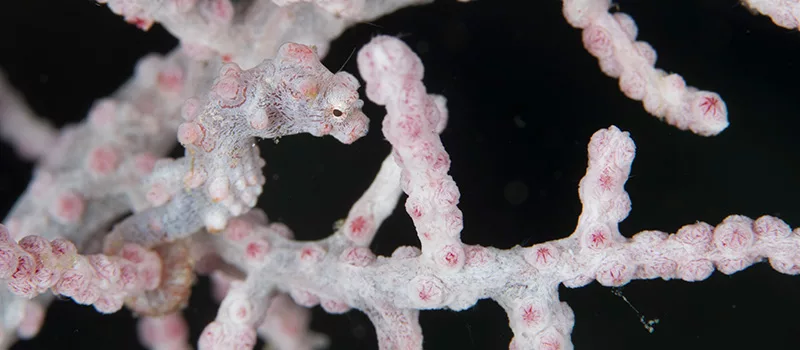
- Use the Bokeh style: focus on the seahorse while blurring his background by stopping down the apertures and dialing down the strobe power. This is used to prevent over-exposing the image plus it has the added benefit of keeping pygmy disturbance to a minimum. The resulting shots can be very colourful and create a rather different effect.
- Focus on Focusing: A pygmy seahorse is so small that getting it in focus can be a challenge. Lenses with high magnifications are required to get tight shots of a pygmy seahorse, so the depth of field will be limited. Use high apertures like f/16-f/22 to give you the best chance of getting the small subject in focus. Consider “focus bracketing” by moving your camera ever so slightly back and forth to help increase your chances of getting a sharp image.
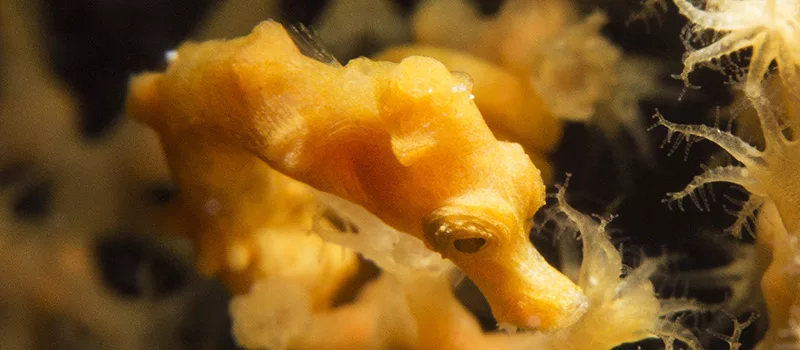
- Wait For The Head Shot: Try to get a head on pygmy seahorse shot with both eyes in focus; it can be quite impressive and even comical. For this, you will have to be patient, stay still and watch them through the viewfinder, taking photos only at the moment you get eye contact.
- Shoot some natural behaviour: such as swimming, or courtship between individuals.
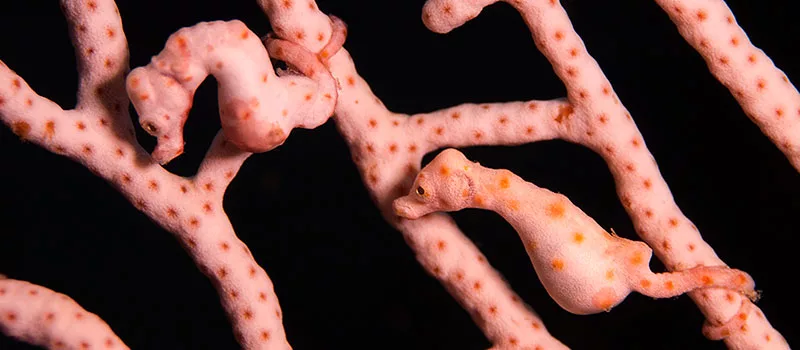
You
- Be patient and observe: Pygmy seahorses are in fact much more active and interesting than most divers think. It is worth spending a little time observing the animal and waiting for it to become comfortable with your presence before starting to shoot.
- Be aware of your surroundings: keep your buoyancy and don’t touch anything, especially not their soft coral home. These corals take decades to grow and are extremely fragile. Additionally, do not try to “pose” the pygmy by poking it, as this will stress it out.
- Be prepared: To avoid breaking any coral or run out of bottom time, as some species are found in deep waters, it is best to have your camera settings ready before approaching the coral.
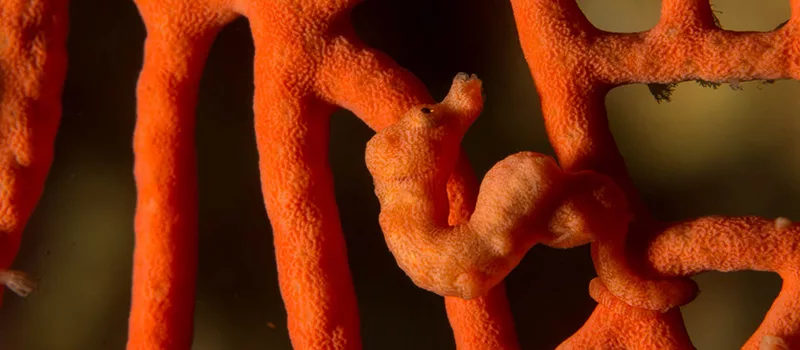
With a little thought and care, it is easy to photograph pygmy seahorses. Capturing great images of these super tiny creatures is not only possible for pros but also for compact cameras photographers. Practice and improve your photographic skills on Gerald Rambert’s Southern Forgotten Islands Photo Workshop in September 2023.
